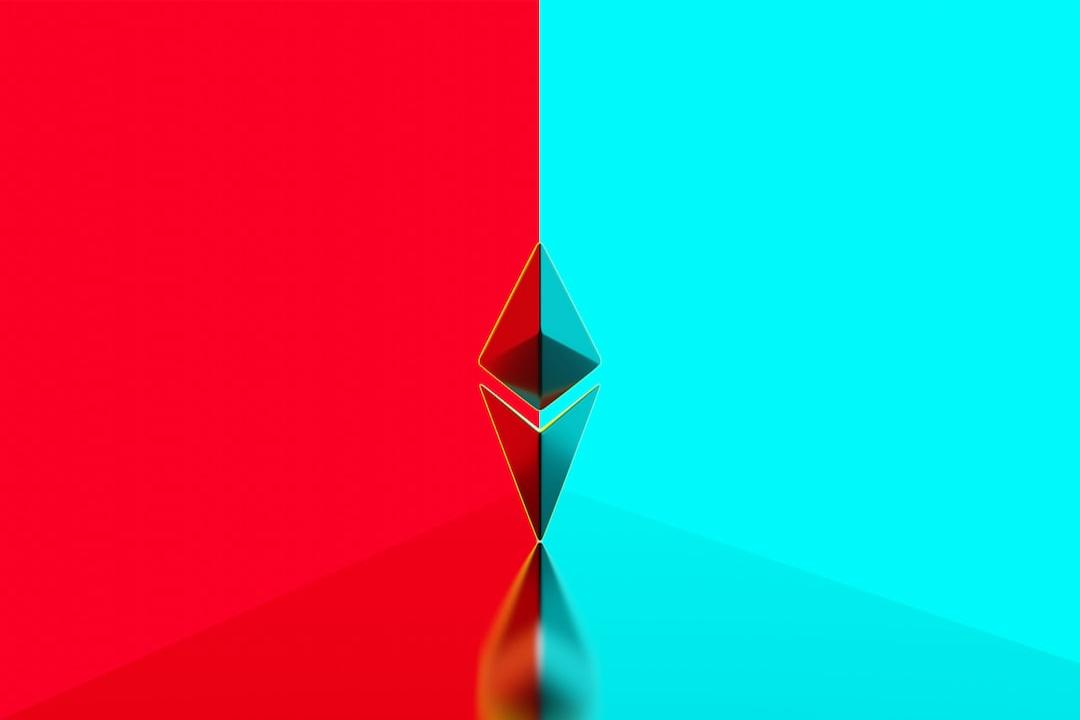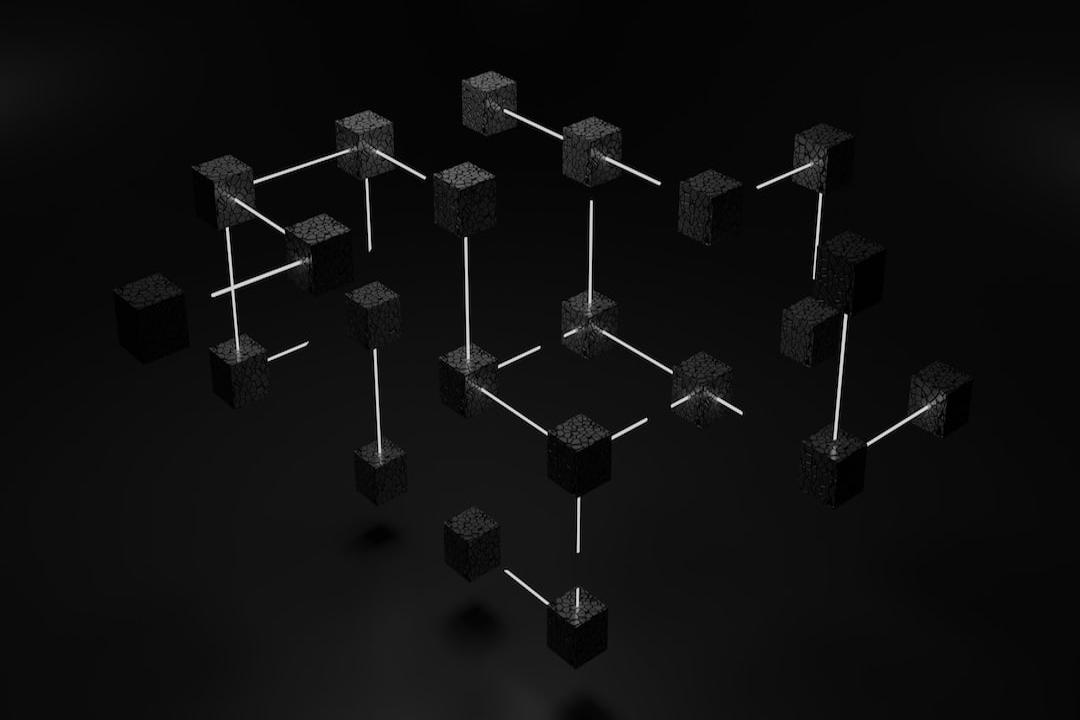Creating Virtual Avatars for Rolex and Pokémon Cards! What is RWA?
To discuss the preparation required for Taiwan to implement tokenization of real-world assets (RWAs), the Financial Supervisory Commission (FSC) recently announced the establishment of the “RWA Tokenization Task Force” in collaboration with Taiwan Depository & Clearing Corporation and six willing financial institutions, including Taishin Bank, Taipei Fubon Bank, CTBC Bank, Cathay Securities, Cathay Investment Trust, and Yuanta Financial Holdings. They will jointly study and discuss related promotion matters.
But what exactly is RWA, and why is it of concern to the FSC?
Let’s start with a real-life example. In June 2023, a century-old Rolex watch was “tokenized” for the first time, allowing the owner to borrow over 400,000 NTD against it.
This is not just a hypothetical scenario; it actually happened.
Not only watches, but even a famous painting or a luxurious mansion can be divided into several parts, allowing multiple people to “co-own” them. This technology is called “real-world asset tokenization” (RWA) and is one of the most discussed blockchain applications in 2023.
RWA refers to the tokenization of tangible and intangible assets such as watches, real estate, wine, trading cards, and bonds, creating a virtual counterpart in the blockchain world that is linked to the value of the original asset.
The range of real-world assets is vast, including both tangible and intangible assets.
RWA tokens can be “homogeneous” or “non-homogeneous.” For example, a Rolex watch can be turned into an indivisible token, or it can be divided into several fractions.
️ Further reading:
Breaking Down Picasso’s Painting into 4,000 Pieces! How Art, Wine, and Jewelry are Being Transformed in the Tokenized Economy?
With the transparency and traceability features of blockchain technology, RWA can lower the investment threshold for high-value commodities, create greater liquidity, efficiency, and transparency, and reduce the risk of human error and counterfeit products.
According to a report on “Tokenization of Real-World Assets” published by the world’s largest exchange, Binance, although RWA development is still in its early stages, its adoption rate and total locked value (TVL) are continuously growing. It is expected to reach a market size of $16 trillion (approximately 480 trillion NTD) by 2030, accounting for about 10% of the global GDP.
These numbers indicate the enormous potential and prospects of asset tokenization, and RWA will be the key to unlocking the next bull market.
Why has RWA gained popularity? It’s actually a history of blockchain development.
Although RWA has gained more attention in the past year, it is actually a result of the development of blockchain technology.
According to Huang Chaoqiu, Co-founder and CEO of BSOS, when blockchain technology became popular, major companies were looking for “killer applications.” From 2016 to 2017, various commercial experiments were conducted worldwide, such as supply chain tracing, anti-counterfeiting, and logistics.
Since 2021, the focus has shifted to “value” and “asset circulation.” The term “real-world assets” emerged in the blockchain field but was still a relatively ordinary term at that time.
It wasn’t until 2022 when a comprehensive 70-page report on RWAs titled “An Unreal Primer on Real World Assets (RWAs)” was released, that the term “RWA” gained widespread market consensus.
The RWA vertical information platform, “RWA.xyz,” was also established. Mainstream exchanges like Binance and traditional banks have released industry reports on RWA.
Major players in the cryptocurrency industry, such as Coinbase, the issuer of the popular stablecoin USDC, and Aave, the largest decentralized lending platform, announced in September this year that they would form the “Tokenized Asset Colaition” (TCA) to encourage more traditional financial assets to go on-chain and further promote the application of blockchain technology in the financial sector.
️ Further reading:
Cryptocurrency Giants Coinbase and Circle Establish “Tokenized Asset Coalition”! Bullish on a $16 Trillion Market Size Behind It
RWA has now been officially established as an independent track.

Although RWA has gained more attention in the past year, it is actually a result of the development of blockchain technology, as Huang Chaoqiu, Co-founder and CEO of BSOS, pointed out.
The popularity of RWA can be explained by the fact that in a bull market, investors tend to put their assets on the blockchain to quickly respond to money-making opportunities while enjoying the stable returns of real-world assets. Combining the real and virtual aspects of assets has become a solution.
Where can RWA be applied?
RWA can be broadly divided into two categories: financial instruments (bonds, real estate, stocks, etc.) and cultural items (baseball cards, Pokémon cards, etc.), and there have been many applications in these areas.
Category 1: Financial Instruments
Finance is currently the fastest-growing field for RWA, with most applications related to “US Treasury bond tokenization.”
According to data from the RWA.xyz platform, as of early November 2023, the market size of tokenized US bonds has reached $750 million, nearly seven times its growth since the beginning of this year.
US Treasury bonds are sovereign debts issued by the US government and are considered “risk-free assets.” With the rise in interest rates, the yield of Treasury bonds has steadily increased and has now surpassed DeFi yields. Investors can invest in tokenized Treasury bonds and enjoy real-world yields.
Apart from US bonds, Michael Hsu, Acting Comptroller of the Currency, mentioned during the Fintech Week event in November 2023 that asset tokenization can address the issue of “complexity in fund and security flows.”
In July this year, Milano Hub, under the Bank of Italy, announced that it would support the development of an institutional-grade security token ecosystem within six months. This initiative aims to assist traditional financial institutions in integrating tokenized assets into their ecosystem and execute transactions through decentralized financial channels in a safe and regulated manner.
In the real estate field, according to data from Galaxy Digital, the value of tokenized real estate assets increased by $90 million (102% growth) from January 1 to September 30, 2023, reaching $178 million.
A survey conducted by research and consulting firm Celent and BNY Mellon revealed that 91% of institutional investors are interested in investing in tokenized assets. 97% of respondents believe that tokenization has the potential to completely change the asset management field.
Category 2: Cultural Items
Recently, the first Pokémon Center in Taiwan, “Pokemon Center Taipei,” opened, and it specially released limited edition commemorative card “Pikachu in Taipei.”
In October this year, Magic Eden, a well-known NFT trading platform, collaborated with Collector, a project promoting the tokenization of real-world assets (RWA) in the Solana ecosystem, to tokenize classic Pokémon cards, sparking lively discussions in the community.
️ Further reading:
The Era of Card Economy 2.0 Has Arrived! How Magic Eden Can Win Without Being the Leader?
What are the benefits and challenges of RWA?
Three major advantages: cost, efficiency, and transparency
The benefits of tokenizing real-world assets lie in three aspects: cost, efficiency (time), and transparency.
Since there are no intermediaries (banks, brokerages) involved, tokenization can accelerate transaction speed. All transaction information is recorded on the blockchain, ensuring greater transparency.
Tokenization also allows for the fractional ownership of assets, enabling more people to participate in investments. Expensive artworks and real estate can be divided into tokens, allowing ownership to be distributed among investors with lower entry barriers.
Challenges: trust, compliance, and infrastructure
Ensuring the credibility of real-world assets
As RWA involves the tokenization of real assets, the reliability of the asset information is crucial. If the initial information is unreliable, the tokenized asset will also be deemed untrustworthy.
There are various means to enhance information reliability. For example, Circle, the issuer of the stablecoin USDC, has enlisted one of the Big Four accounting firms, Deloitte, to conduct asset reserve audits, while Tether, the issuer of USDT, has partnered with the fifth-largest accounting firm, BDO.
Regulatory compliance in different countries
RWA also involves regulatory and compliance issues. Despite the borderless nature of the blockchain world, it still needs to comply with the requirements of different countries in terms of regulation.
Huang Chaoqiu pointed out that since token issuance is straightforward, various products have emerged in the market. For example, celebrities or athletes issue “future revenue rights” through tokens, which require new regulations to govern them.
Infrastructure needs improvement
In the traditional financial system, there is collaboration among insurance companies, investors, and various organizations and roles. In the blockchain ecosystem, these roles may need to be redefined and coordinated. The maturity of the ecosystem and infrastructure will be crucial in ensuring the stable development of the tokenized market.
Among them, stablecoins used for transactions are critical infrastructure. Stablecoins need to be widely adopted to facilitate smoother transactions of tokenized assets. However, there is still some distance to go before stablecoins are fully commercialized. Without proper infrastructure, market acceptance will be affected.
“It is difficult to build the 31st floor without completing the first 30 floors. This is where the risk lies,” Huang Chaoqiu said. “Although there are still many challenges to overcome to achieve the desired ideal, if these challenges cannot be overcome, they will become risks.”
Although RWA will not experience explosive growth, it will be an irreversible trend that will continue to develop steadily and generate tremendous value. At this stage, what is needed is time and a healthy mindset.
Proofread and Edited by: Gao Jingyuan
♦️ This article is not available for reproduction by cooperating media.

